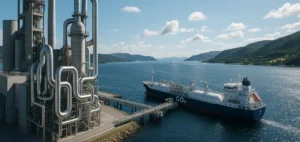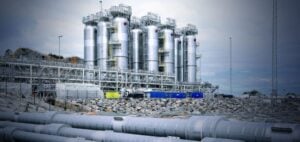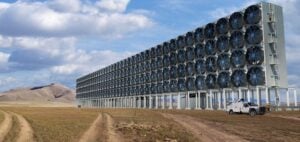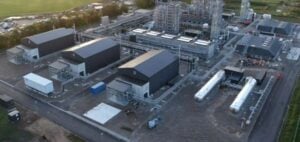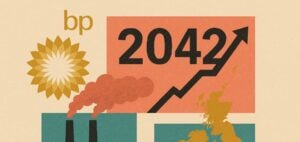Multinational companies in the energy and commodities sectors are seeking to enter the Chinese carbon credits market, particularly through the “China Certified Emission Reduction” (CCER) mechanism. This voluntary mechanism allows foreign companies, under specific conditions, to invest in local emission reduction projects in China. Interest in this market has increased following new guidelines announced by Chinese authorities aimed at expanding the National Emissions Trading Scheme (ETS) beyond the energy sector.
Companies active in commodity trading and industrial production based in China anticipate a rise in demand for CCER credits, driven by new emission regulations introduced by the Ministry of Ecology and Environment (MEE). Through these measures, Beijing aims to use CCERs as a tool for the gradual integration of industrial sectors into the emissions quota market, creating a direct link between the voluntary market and the regulated market.
ETS Expansion: A Strategic Lever
The gradual expansion of the National Emissions Trading Scheme, currently limited to the energy sector, is a major strategic issue. By 2025, the aluminum, steel, and cement sectors will be included in this system, followed by refineries, petrochemicals, and air transport by 2030. These industries account for a significant share of national and global production, directly impacting the commodity markets.
The Chinese strategy aims to integrate these sectors in multiple phases to avoid excessive price volatility while ensuring an orderly transition to a more mature carbon market. Observers anticipate that local companies will need to adjust their supply chain and investment strategies to comply with new emissions quota requirements. The evolution of the Chinese ETS is being closely watched by international companies, who are adapting their positioning to optimize their exposure to carbon prices.
The Growing Role of CCER Credits
The CCER mechanism stands out from the national system due to its flexibility and accessibility for foreign companies. Although it is not yet fully operational, the CCER market is expected to grow rapidly, supported by the resumption of new project issuance. The MEE plans to release the first batch of credits by the end of 2024, following a seven-year suspension. This resumption could generate around 11.22 million tons of CO2 credits per year, according to initial forecasts.
Meanwhile, domestic demand for CCER credits is also being stimulated by their gradual integration into the “Carbon Offsetting and Reduction Scheme for International Aviation” (CORSIA). This initiative, supported by the Ministry of Ecology and Environment, will allow airlines to offset part of their emissions using these credits, creating a new outlet for emission reduction projects in China.
Growth Prospects for Investors
The development of CCER credits is attracting investors due to their higher price compared to global voluntary market (VCM) credits. In September 2024, credits based on natural sequestration projects were valued at around $12.55/tCO2e, while new CCERs from renewable energy and reforestation projects are expected to reach around $13/tCO2e. This price dynamic, coupled with strong domestic demand, makes the Chinese carbon market more attractive to international investors.
Large companies already active in the sector have begun mobilizing resources to acquire these new credits. Established players such as Shell, BP, and Vitol leverage their experience in regulated markets to position themselves as key intermediaries in the CCER market. The anticipation of CCER integration into the regulated market further strengthens their interest.
Regulatory Challenges and Issues
The expansion of the emissions quota market in China is not without challenges. Current policy limits the use of CCER credits to 5% of emissions covered by the ETS, which could constrain demand in the event of a sharp increase in industrial emissions. Additionally, experts believe that implementing effective monitoring and verification mechanisms will be crucial to ensuring market integrity.
Decisions made by Chinese regulators will also influence price alignment with the European Union’s “Carbon Border Adjustment Mechanism” (CBAM), which will take effect in 2026. This policy could force Chinese industries to adjust their carbon prices to avoid competitive distortions in the European market. Some analysts anticipate a gradual increase in carbon quota prices in China to follow this trend.




